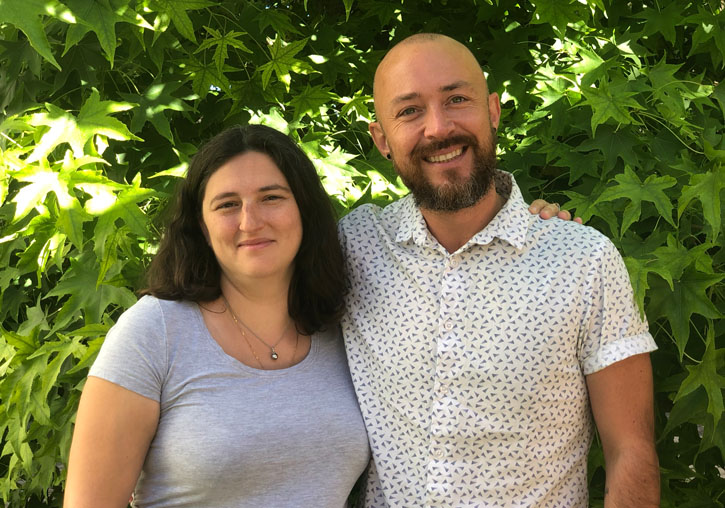Users
Social media
- More details here...
- Address
Parc Científic de la Universitat de València C/
Catedrático Agustín Escardino, 9
46980 Paterna (Valencia) Spain - Email:
iu.i2sysbio@uv.es - Phone:
(+34) 963544810
- Address
Links
Researcher José Tomás Matus receives 125,000 euros for the genomic resources platform GRAPEDIA

Investigation
15-07-2022
Researcher José Tomás Matus receives 125,000 euros for the genomic resources platform GRAPEDIA

The organization COST (European Cooperation in Science and Technology), which finances research and innovation networks, has recently awarded the COST Innovator scholarships. One of the six proposals is The Grapevine Genomics Encyclopedia (GRAPEDIA), directed by José Tomás Matus, researcher at the Institute of Integrative Systems Biology I2SysBio, a joint research center of the University of Valencia and the CSIC. This project will last 12 months and has been endowed with 125,000 euros.
GRAPEDIA will be a unique open access platform, which will follow a federative database structure and will allow the exploration and visualization of data from all grapevine genetic, omics and phenotyping resources, with tools for comparative analysis and personalized services for academia and industry. Despite the large amount of public data available for this species, most resources are dispersed and not interoperable.
The data that can be collected on plant phenotypes and omics resources has enormous potential for the challenges we face in the near future, including global warming, pathogen resistance, and sustainability. “The possibility of designing new varieties capable of coping with environmental transitions and pests, and ensuring ecological cultivation depends on how we use all these genetic and genomic resources,” says Tomás Matus, researcher at the Ramón y Cajal Program at the University of Valencia and I2SysBio.
The proposal was based on three main pillars. The first is the community, which has so far generated an exhaustive amount of data of different types and nature. The second pillar is the GRAPEDIA metadatabase, which will collect this data, preprocess it to make it readable, and organize it into modules. The third is services; graphical, interactive and exportable, some of which will be free while others will be customized and offered for a fee. Examples include genome browser search engines, single and multi-gene dashboards, and omics experimental workflows. “We also hope to generate software applications that cover special needs that can range from simple analysis and integration of RNA-seq data to other data sets, to disease diagnosis devices and data interpretation consulting,” explains José Tomás Matus. href="https://integrape.eu/">INTEGRAPE, including short-term scientific missions, training schools, working group meetings and annual meetings. The CIG grant will also help develop an efficient business plan to achieve commercial exploitation of GRAPEDIA, which will allow its sustainability and growth after the CIG period ends.
José Tomás Matus (biologist and doctor from the Catholic University of Chile) is currently employed in the Ramón y Cajal program (Agriculture Area), at the Institute of Integrative Systems Biology (I2SysBio). His laboratory (TOMSBio Lab) focuses on the transcriptional regulation of secondary metabolism, which has included genomic analysis of transcription factor families and global gene expression analysis, among others.
COST helps connect research initiatives across Europe and beyond, and enables researchers and innovators to grow their ideas in any field of science and technology by sharing them with their peers. The COST Innovators Fellowship aims to improve the pace and success of breakthrough innovations by building bridges between scientific research and marketable applications and/or social solutions, and by exploring innovation potential.


